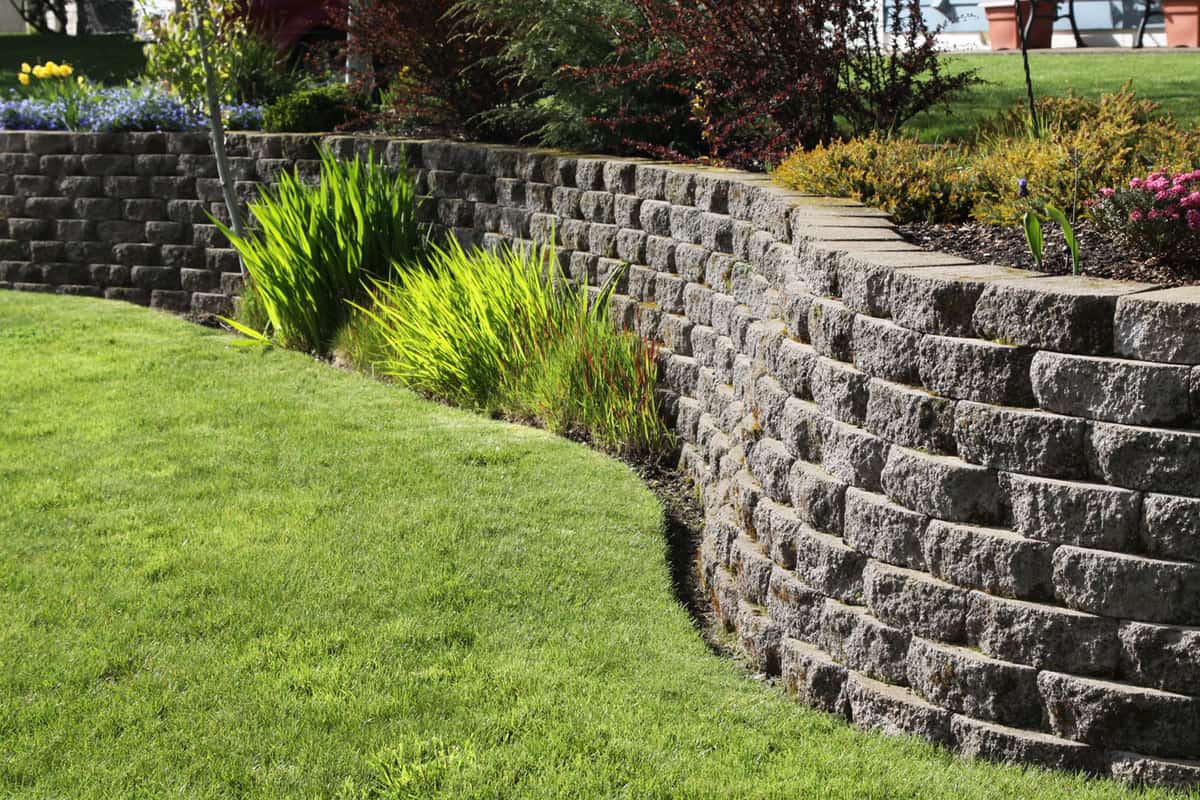A retaining wall is a type of wall constructed to help direct water away from a structure. The most common type is made of wood or concrete blocks. They are also often made from brick or stacked stone. They differ from regular walls in that they must meet specific city and state regulations.
At first glance, a retaining wall may not seem all that different from a regular ol’ wall. But looks can be deceiving – there are some pretty significant differences between the two!
Retaining walls use the soil around them to stabilize them. A typical wall starts with the soil and adds bricks or stones to hold it up. These walls can also be decorative, enhancing a property’s beauty. They are used for a variety of purposes and are often used on steep slopes.
Retaining walls are strong structures used to hold back the earth. They are built to withstand pressure from both vertical and horizontal forces. They are made to meet specific construction standards and are typically part of a system. Depending on their design and construction, they may include a drainage pipe or Geogrid. They are usually taller than regular walls.
Regular walls are built to divide space and offer privacy, while retaining walls support heavy loads and prevent soil erosion. Standard walls are typically made of wood, brick, or drywall while retaining walls are usually made of concrete, stone, or block. And perhaps most importantly, regular walls do not require a permit from the city (unless they’re over 6 feet tall), while retaining walls almost always require a license. Simply put, a regular wall is likely your best bet if you need a wall for privacy or to divide space. But if you need to support a heavy load or prevent soil erosion, you’ll need to invest in a retaining wall.
Check this out: https://qualityfencingauckland.co.nz/
Their purpose is to hold back earth from sliding down a slope. On the other hand, the breast wall is used to support the face of a natural world bank. It helps prevent soil sliding down the slope and into a river or stream. We hope this blog post has helped clear up some confusion around the difference between retaining and regular walls! If you still have questions or would like more information, we encourage you to give us a call or stop by our office – we’d be more than happy to help you out.
